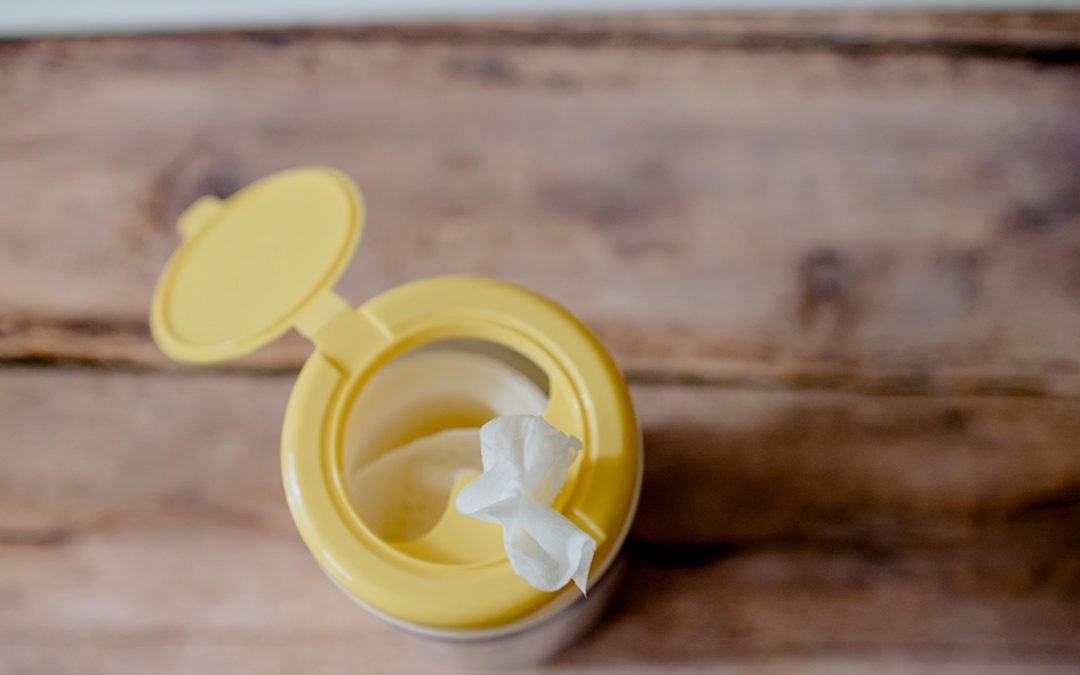I have been receiving questions on the use of breath alcohol testing instruments in this time of COVID-19 exposure. There are two areas of concern for some users: the device itself and the air exchange process. At Bostec, we use only instruments from Intoximeters, long recognized as leaders in the field of workplace and law enforcement alcohol testing.
On their website, they give the following directions:
Disease Transmission
Intoximeters is occasionally asked about whether or not it is possible for an infectious disease-carrying subject to pass along the infection to an Operator of a breath testing instrument. We at Intoximeters are not experts on infectious diseases and would urge our customers to seek direction from medical experts for questions related to the transmission of any disease. There are, however, several issues to consider with regard to reducing the likelihood of disease transmission when using a breath alcohol detection device.
During Operation
Staying out of the direct line of the subject’s breath flow is obviously a good practice to avoid airborne transmission of disease. Certain instruments are designed to maximize your ability to comfortably position yourself such that you avoid being in the subject’s breath flow path while collecting a sample for analysis. An operator’s use of Personal Protective Equipment (PPE; gloves, masks, or respirators) are additional safeguards which can be considered to further reduce the likelihood of disease transmission while performing a sample collection. For instruments where you are touching parts of the device that the subject has touched or blown on, we agree with the CDC’s belief that your first line of defense is to wash your hands frequently with soap and water or use an alcohol-based cleaner. If you use an alcohol based hand sanitizer and you are operating a handheld breath analyzer, wait 10 minutes after your hands have dried to perform a breath test. After 10 minutes, residual alcohol from the hand cleaner should have evaporated into the ambient environment, eliminating the possibility of it contaminating a subsequent breath sample.
Cleaning an Instrument
While Intoximeters does not wish to endorse any single product, we have found that there are a few products offered in singlesheet wipes that appear to be only slightly damp, and would therefore be less likely to drip liquid into the unit. While many products would likely be effective in cleaning and disinfecting the instruments, it is important that any substance used be tested first on a small part of the device’s case to ensure that it does not discolor or otherwise damage the case before applying the solution to the entire case. As well, if the cleaning material is alcohol based, an adequate amount of time must be allowed after cleaning the instrument (for the alcohol to dissipate) before further subject testing occurs. Waiting to test for ten minutes after cleaning the instrument should be enough time for this to occur.
Other important precautions when cleaning an instrument:
1. Be certain not to get liquid into the sample system (fuel cell, infrared bench or pressure sensor) or onto the instrument’s circuit board(s).
2. Do not immerse the instrument in a liquid. Use a moist, but not dripping, cloth to apply the cleaning solution to the exterior surfaces that you wish to clean.
3. Clean exterior surfaces where the subject or subject’s breath has come in contact with the instrument.
4. If cleaning internal surfaces of the instrument is required, a factory maintenance technician should be employed to provide this service. Under no circumstances should the user remove case covers to access internal components for cleaning. This may void your warranty.
5. Let the instrument dry completely and then observe a ten minute waiting period before subject testing resumes.
For completer information on cleaning and disinfecting your handheld Intoximeters instrument, see the Cleaning and Disinfecting document (updated March, 2020).
All this information and more are available at their website, https://www.intox.com/.
-Rich Bosman

